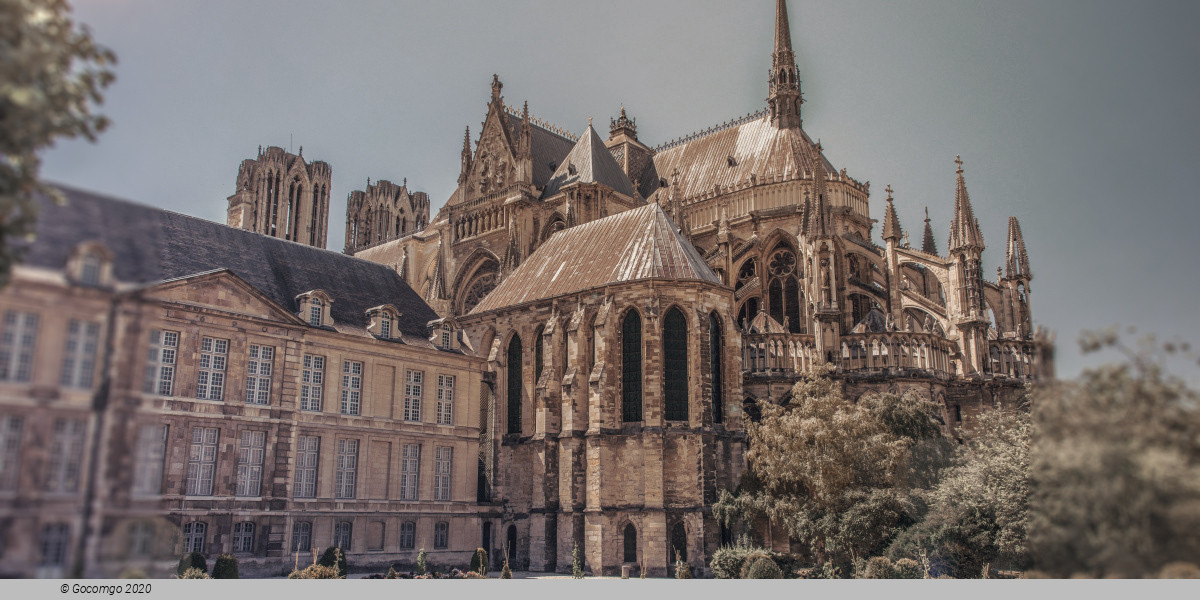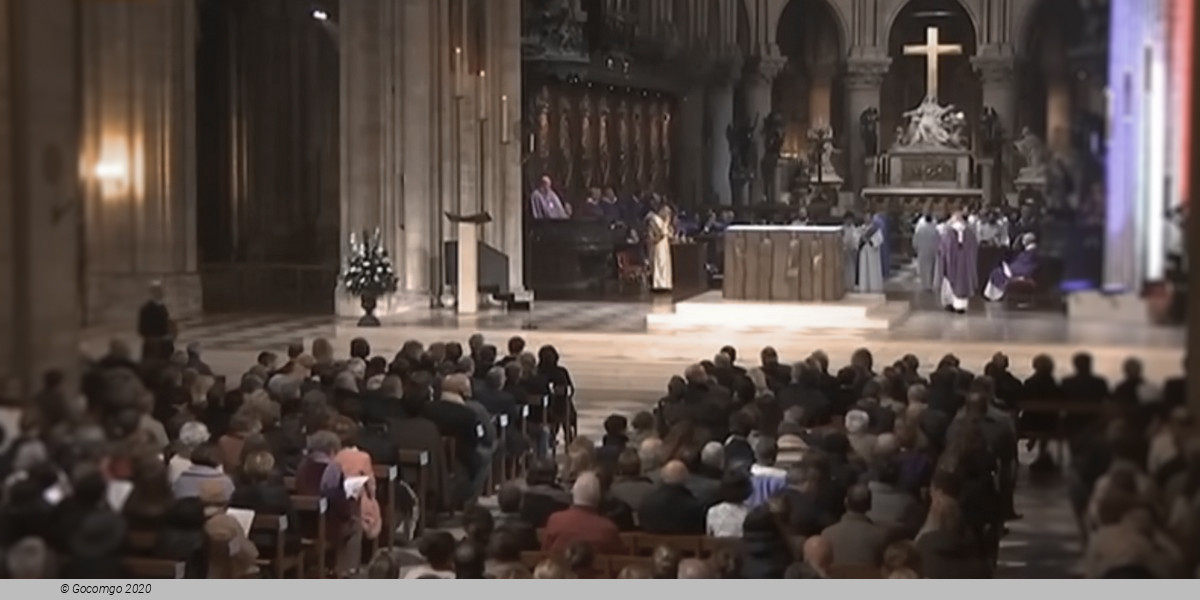Venues in Reims

Founded by the Gauls, Reims became a major city during the period of the Roman Empire. The city played a prominent ceremonial role in French monarchical history as the traditional site of the crowning of the kings of France.
The Cathedral of Reims housed the Holy Ampulla containing the Saint Chrême, allegedly brought by a white dove (the Holy Spirit) at the baptism of Clovis in 496. It was used for the anointing, the most important part of the coronation of French kings. People know Reims also as the city of wine where many of the largest champagne-producing houses have their headquarters and most open for tasting and tours. Champagne ages in the many caves and tunnels under Reims, which form a sort of maze below the city. Carved from chalk, some of these passages date back to Roman times.
The Palace of Tau contains such exhibits as statues formerly displayed by the cathedral, treasures of the cathedral from past centuries, and royal attire from coronations of French kings.
The Musée Saint-Remi, formerly the Abbey of Saint-Remi, contains tapestries from the 16th century donated by the archbishop Robert de Lenoncourt (uncle of the cardinal of the same name), marble capitals from the fourth century AD, furniture, jewellery, pottery, weapons and glasswork from the sixth to eighth centuries, medieval sculpture, the façade of the 13th-century musicians' House, remnants from an earlier abbey building, and also exhibits of Gallo-Roman arts and crafts and a room of pottery, jewellery and weapons from Gallic civilization, as well as an exhibit of items from the Palaeolithic to the Neolithic periods. Another section of the museum features a permanent military exhibition.
The Automobile Museum Reims-Champagne, established in 1985 by Philippe Charbonneaux, houses a collection of automobiles dating from 1903 to the present day. The museum has five collections: automobiles, motorcycles and two-wheelers, pedal cars, miniature toys, and enamel plaques.
The Museum of Fine Arts is housed in the former Abbey of Saint-Denis. Part of the former Collège des Jésuites has also become a contemporary art gallery: the FRAC Champagne-Ardenne.
The Museum of the Surrender is the building in which on 7 May 1945, General Eisenhower and the Allies received the unconditional surrender of the German Wehrmacht.
Theatre venues include the Reims Opera House, built in 1873 and renovated in 1931–1932, and the Reims Manège and Circus, dating from 1865 and 1867.
The Comédie de Reims was inaugurated in 1966.


